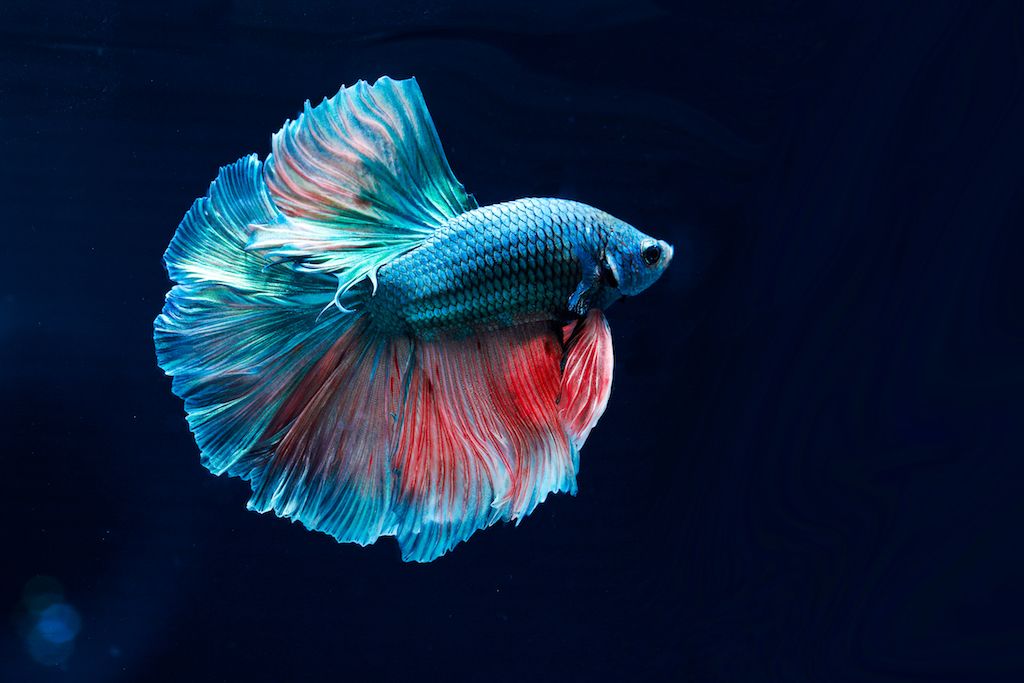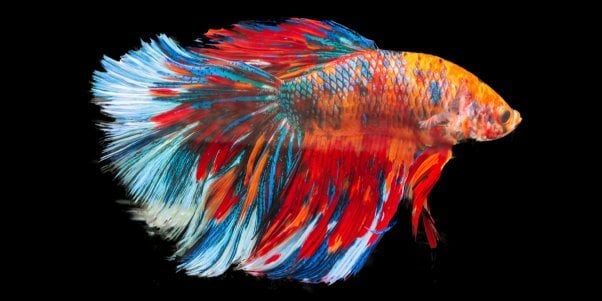Exactly how to Create the Perfect Betta Fish Environment in your home
Exactly how to Create the Perfect Betta Fish Environment in your home
Blog Article
Breeding Betta Fish: a Comprehensive Step-By-Step Guide to Successfully Raising Child Bettas From Eggs to Their Adult Years
Reproducing Betta fish is a precise venture that needs cautious planning and execution to ensure the successful development of fry from eggs to mature fish. As the male Betta diligently constructs a bubble nest and guards the priceless eggs, the succeeding phases of care and transition need attention to detail and understanding of finest practices.

Picking Breeding Pairs
When embarking on the trip of breeding Betta fish, selecting the ideal breeding pairs is vital to achieving desirable qualities and a healthy and balanced lineage - betta fish. The primary step in this process is to identify the certain qualities you desire to improve or protect, such as shade, fin type, and body shape. It is important to choose genetically varied pairs to stay clear of inbreeding, which can bring about health concerns and undesirable features
Examine prospective reproducing prospects very carefully. A healthy and balanced male Betta must show lively colors, an energetic behavior, and well-formed fins, while the woman needs to also present vibrant pigmentation and a rounded belly, showing preparedness for spawning. Observing the personality of both fish is vital, as hostile or excessively shy people may not breed successfully.
Keeping records of the moms and dad fish's ancestry can help you track genetic traits and potential problems. Inevitably, spending time in the selection process will substantially improve the probability of creating solid, lively spawn that fulfill your breeding goals.

Preparing the Reproduction Storage Tank
Creating an ideal breeding setting is a crucial step after picking suitable sets for Betta fish. The breeding container must be especially created to supply comfort and stimulate the all-natural reproduction actions of the fish. Beginning with a tank dimension of at least 10 gallons to make certain adequate area for both the male and women Bettas.
Keep a gentle purification system to keep the water tidy while avoiding strong currents that can emphasize the fish. Furthermore, an air stone can be added to provide oxygenation without interfering with the water surface too much.
Temperature policy is essential; objective for a stable array of 78-82 ° F(25-28 ° C) making use of a trustworthy heating unit. The pH degree ought to be kept in between 6.5 and 7.5, and routine water adjustments are necessary to make sure high water quality.
Integrate drifting plants or spawning mops to produce hiding places for the lady, while likewise encouraging bubble nest building by the male - betta fish. Ultimately, make sure the container is without sharp designs and any type of prospective threats, as the well-being of the fish ought to constantly be prioritized during this important stage of reproduction.
The Reproduction Refine
Normally, the breeding procedure for Betta fish entails a collection of distinct and observable habits that show look at this web-site readiness for recreation. The male Betta starts by building a bubble nest at the water's surface, which functions as a site for the fed eggs. This nest is crucial, as it supplies a secure environment for the eggs until they hatch.
As soon as the nest is established, the man will present courtship behaviors, such as flaring his fins and showing dynamic colors to bring in the female. The lady, upon picking up the man's preparedness, will respond by displaying upright stripes along her body, signaling her receptiveness.
The fed eggs then drop to the bubble nest, where the male very carefully gathers and returns them to the nest. Following this, the male thinks obligation for safeguarding the nest and making certain the security of the eggs till they hatch out, generally within 24-36 hours.
Caring for Betta Fry
Caring for Betta fry needs mindful focus to their atmosphere and nutrition to guarantee healthy and balanced growth and development. After hatching out, Betta fry are extremely small and at risk, requiring a secure and clean environment.
Feeding Betta fry is equally essential. Feed them small quantities several times a day, being mindful not to overfeed, which can lead to water quality check my blog issues.
Transitioning to Grownup Bettas
As Betta fry fully grown, transitioning them to grown-up Bettas is an essential stage that calls for mindful administration of their setting and social interactions. This process normally starts when the fry get to around six weeks of age, at which factor they can be slowly introduced to a much more organized living environment.
To promote this change, it is important to guarantee that the water criteria-- such as temperature, pH, and ammonia levels-- are optimal and secure. Adult Betta fish prosper in cozy water (around 78-80 ° F) with a pH of 6.5 to 7.5. Slowly acclimate the fry to these conditions to minimize anxiety.
Social interactions are one more essential factor; man Bettas are infamously territorial and hostile. It is a good idea to separate men right into individual storage tanks as they grow. Female Bettas can be housed with each other, but care should be taken to check for signs of hostility.
Furthermore, dietary adjustments should be made as the fry grow. Integrate high-quality pellets and live foods to sustain their growth and wellness. By handling these elements properly, you can advertise an effective change to the adult years for your Betta fish.

Final Thought
Successful breeding of Betta fish requires cautious interest to information throughout the whole procedure, from selecting genetically diverse sets to giving optimal treatment for fry. Furthermore, a balanced diet plan and steady this website adaptation to grown-up settings are important for the growth and growth of Betta fish.
Report this page